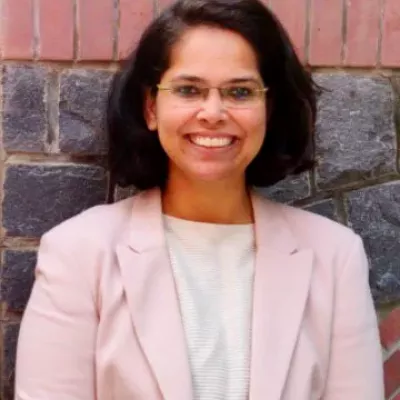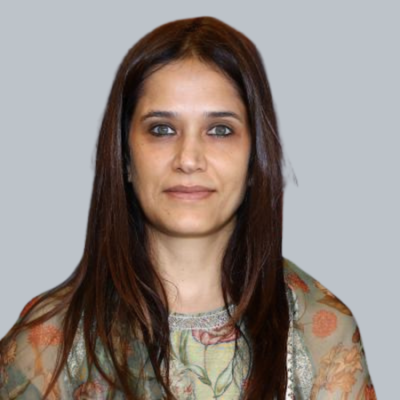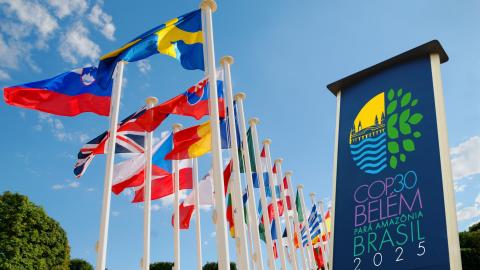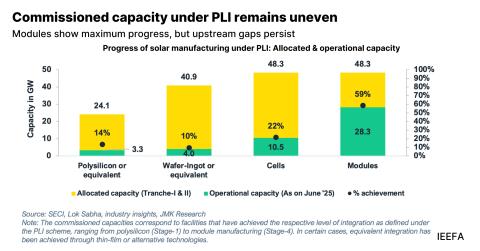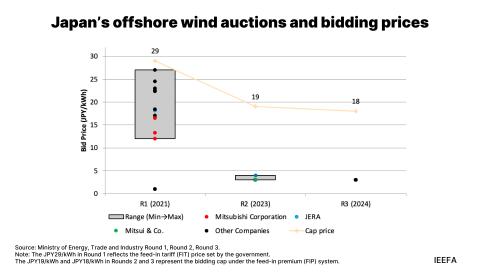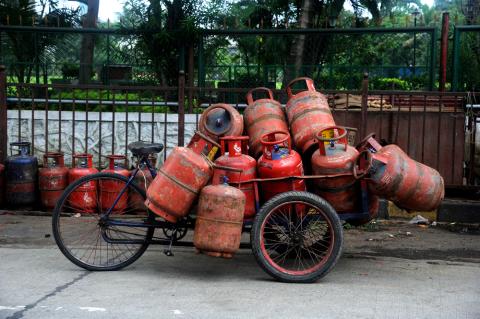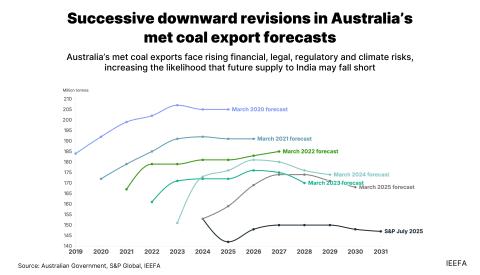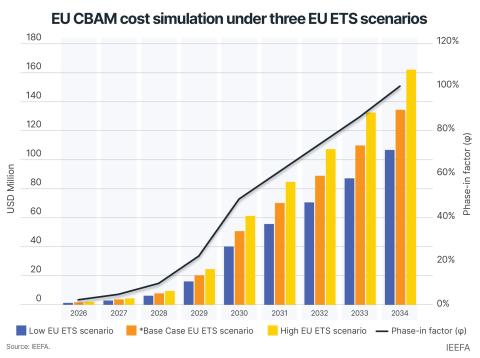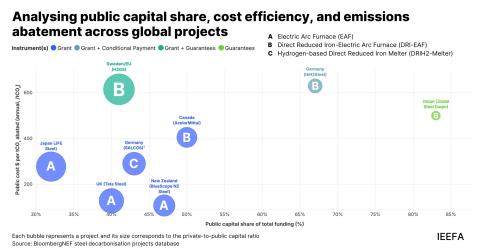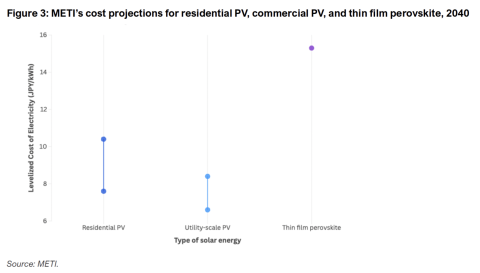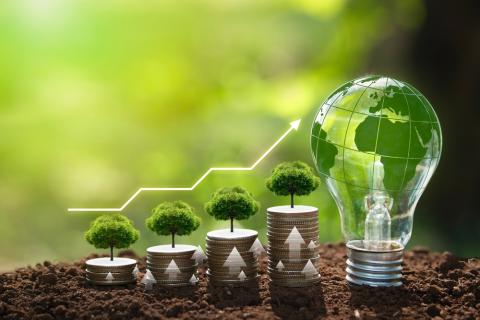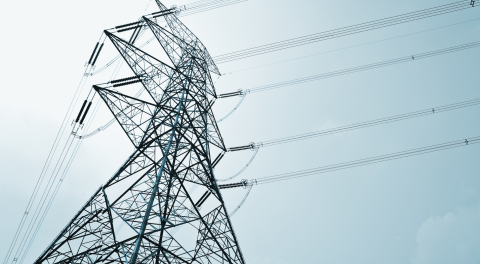Advancing residential rooftop solar adoption in India under PM Surya Ghar Yojana
Download Full Report
View Press Release
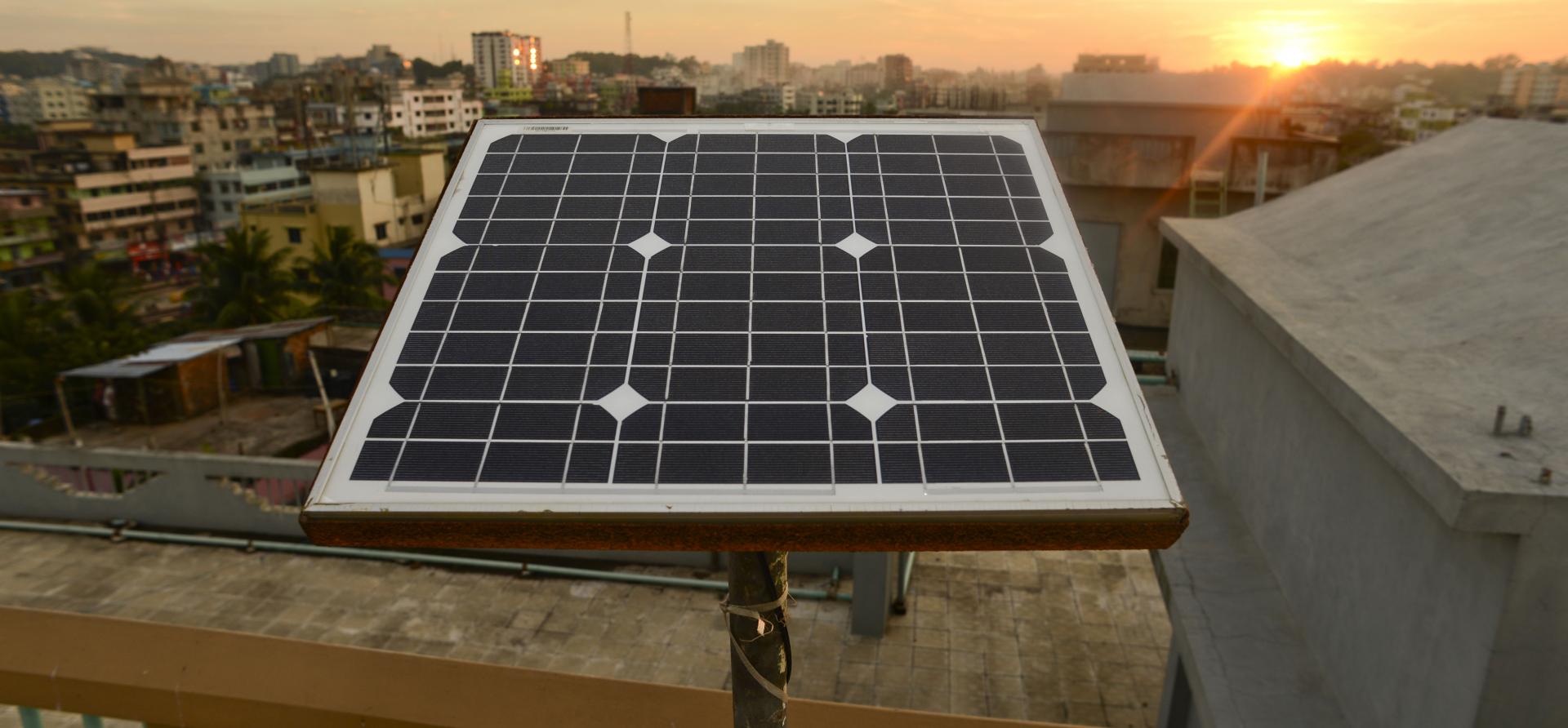
Key Findings
Before the launch of the Pradhan Mantri Surya Ghar Yojana (PMSGY) in February 2024, rooftop solar adoption was concentrated in the commercial and industrial segments, while the residential sector lagged due to high upfront costs and limited awareness. PMSGY addressed this gap by offering capital incentives and simplified procedures to make rooftop solar financially attractive for households.
Growing public interest in solar adoption under the programme has been tempered by limited awareness of financing options, complex loan procedures, technical glitches in the grievance redressal system, and fragmented supply chains.
As of July 2025, the national installation-to-application conversion ratio under PMSGY stood at just 22.7%, underscoring the challenges in translating demand into actual residential rooftop solar capacity. Gujarat and Kerala lead with high conversion ratios of above 65%, supported by a mature solar ecosystem, strong vendor base and high consumer awareness.
To accelerate residential rooftop solar deployment, several states have implemented financial incentives that either supplement the central subsidy or independently support consumers. States like Assam, Delhi, Goa, Uttar Pradesh, and Uttarakhand have introduced direct capital subsidies to offset high upfront installation costs.
The Government of India’s initiative to convert rooftops across the country into a significant solar energy resource marks a strategic move towards long-term energy security and self-reliance.
Although initial progress in the residential rooftop solar (RTS) segment was limited, the sector witnessed a considerable shift following the introduction of the Pradhan Mantri Surya Ghar Yojana (PMSGY) last year.
The government launched PMSGY to make rooftop solar more accessible for households by reducing upfront costs and strengthening decentralised clean energy adoption across India. Before its launch, rooftop solar adoption remained concentrated in the commercial and industrial segments, while the residential sector lagged due to high upfront costs and limited awareness. PMSGY targeted this gap by offering capital incentives and simplified procedures to make rooftop solar financially attractive for households and to promote self-sustained, clean energy use at the household level. It has already drawn national attention to the residential segment and laid the foundation for a more inclusive rooftop solar market within India’s clean energy transition agenda.
As of July 2025, India had collectively installed about 11 GW of residential rooftop solar capacity, of which about 4.9 GW has been added under the PMSGY. This accounts for approximately 44.5% of the country’s total residential rooftop capacity, achieved in just over a year of the scheme’s launch.
An October 2024 report by IEEFA and JMK Research discussed residential rooftop solar potential and the role of PMSGY to support its development in detail. This report focuses on the status of development in India’s residential rooftop solar landscape under PMSGY.



